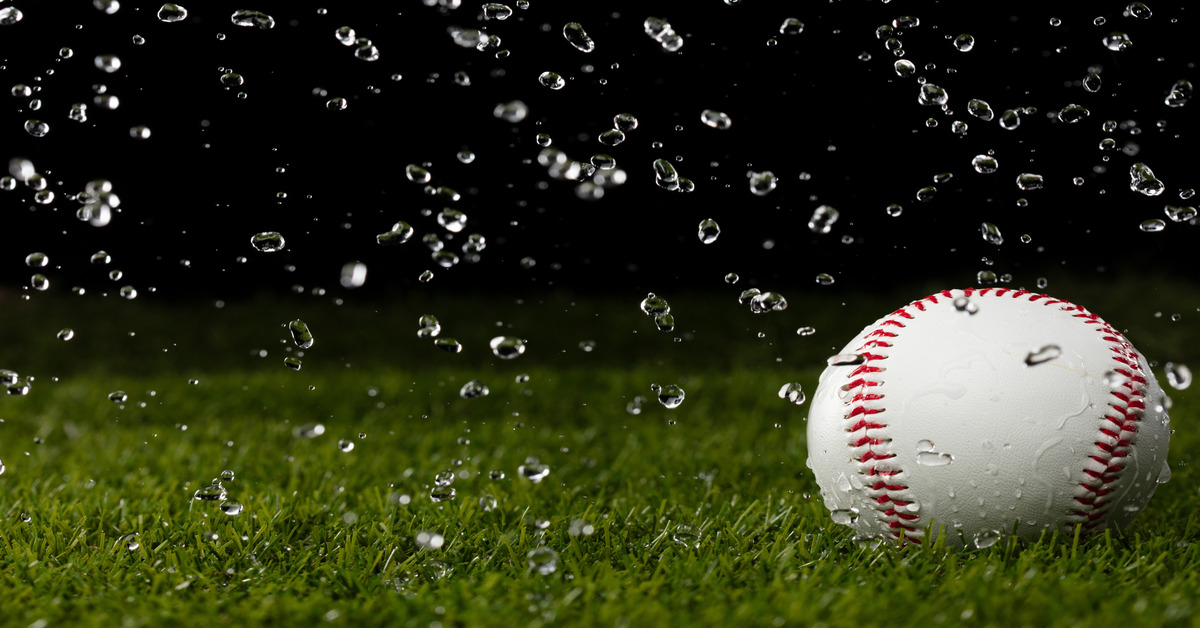Rain disrupts outdoor games and wreaks havoc on baseball fields. You’ll encounter waterlogged turf and poorly drained soil that can leave you scrambling to repair the damage. However, taking simple and proactive steps can protect your field from storms and keep it ready for games and practice. Follow these excellent tips for preparing your baseball field for rain.
Invest in Field Grading
Grading determines how rainwater flows across the field’s surface and keeps it from collecting in low-lying spots. A well-graded field quickly drains water toward the edges, preventing soggy infield areas.
If you notice puddles forming after rainfall, address grading problems promptly. Work with a professional to create the ideal slope for your field. Once you get the grading right, routine maintenance becomes much easier. This investment will pay off in quick recovery times and better playability after a storm.
Regularly Maintain Drainage Systems
Drainage systems don’t just work on their own; they need regular maintenance to function well. Check systems like French drains or trench drains before the rainy season arrives. Clear out debris such as leaves, dirt, and grass clippings that can cause clogged drains.
Look for signs of wear and tear in the drainage systems, like cracks, gaps, or slow water flow, which may indicate damage. Keep an eye on runoff patterns during lighter rain to spot areas that may need extra attention. Overall, consistently maintaining these systems ensures water moves away from high-impact areas.
Use Baseball Field Tarps
Utilizing baseball field tarps is a smart tip for preparing your baseball field for rain. They act as the first line of defense against water, covering key areas such as the pitcher’s mound, home plate, and the entire infield.
Make sure to select heavy-duty tarps that match the size and material needs of the field. Lay them down firmly and secure the edges to prevent the wind from lifting them. If you don’t secure them properly, water can seep underneath and ruin the covered surface.
Apply Field Conditioner for Better Water Absorption
Field conditioners improve drainage, reduce compaction, and encourage water to absorb evenly across the surface. Spread the consider generously around infield areas to create a layer that can handle excess moisture.
Choose a product that matches the infield’s soil type, whether you’re working with clay, sand, or loam. Using conditioners consistently prevents large patches of soggy dirt and maintains a safer, playable surface.
Communicate and Plan Ahead With Your Team
Talk with coaches, groundskeepers, and players to create a plan that protects your field before the storm arrives. Decide who will handle tasks like laying tarps, moving equipment into storage, or repairing post-storm damage.
It helps to track weather forecasts so you’re aware of upcoming conditions. When everyone knows their role and works together, the team can act quickly to shield the field from weather-related problems.
Tarps for Baseball and Softball Fields
At Western Environmental Liner, we offer baseball and softball field tarps to guarantee the field is ready for players to practice or play a game. We use Reinforced Polyethylene (RPE) to increase the tarp’s strength and longevity. Purchase your field tarp today and keep the field in great condition no matter what the forecast suggests.


